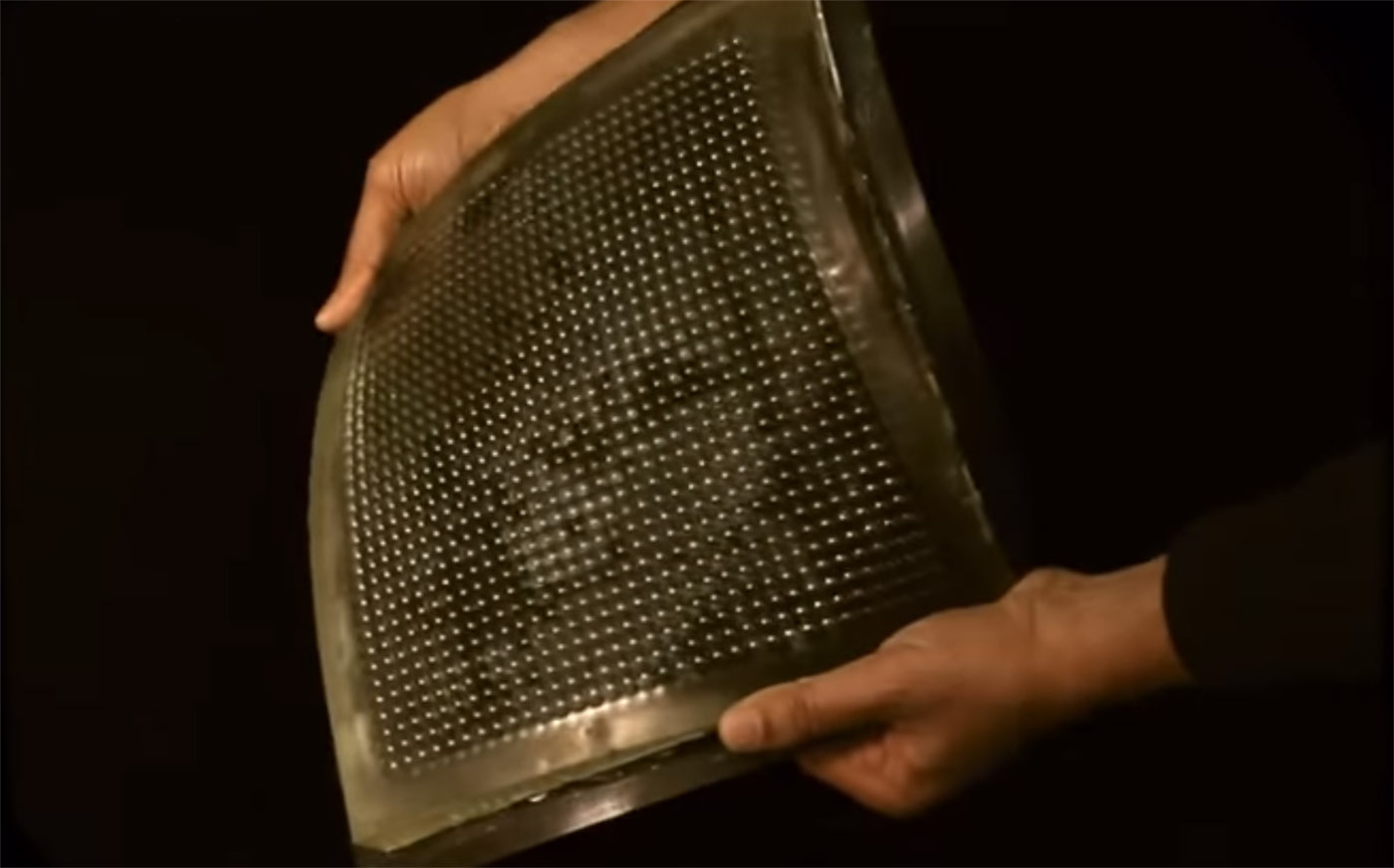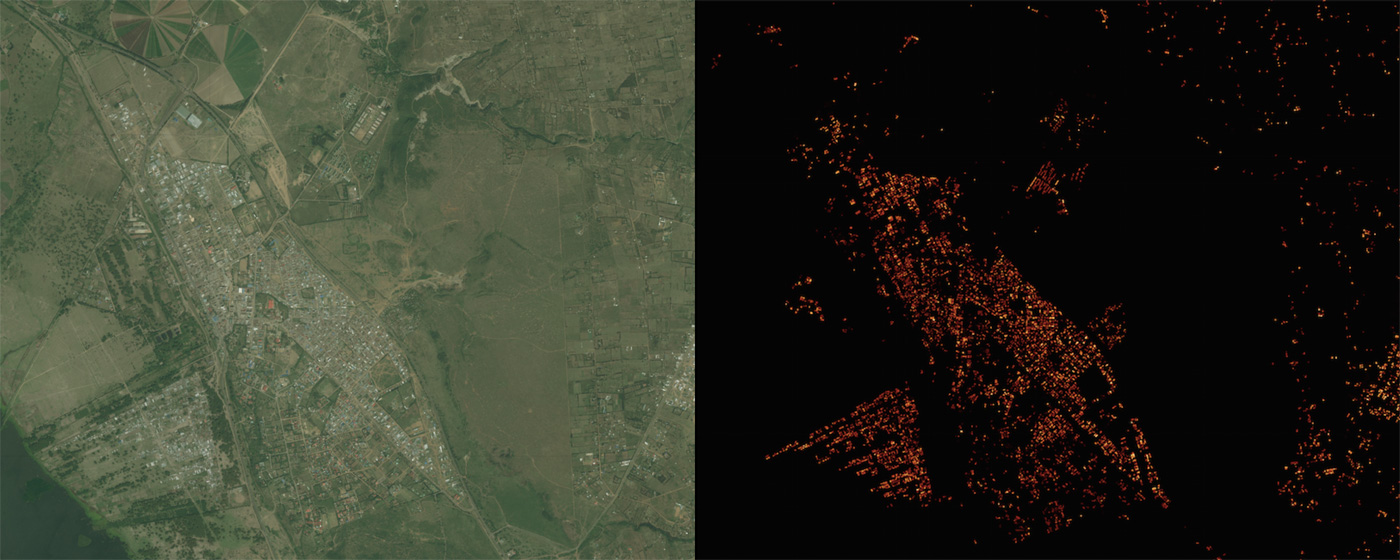
We've seen Emotiv's Epoc headset control cars and trapeze acts, but now a small posse of students at Columbia University is teaching it how to control a robotic arm. The appendage, aptly named ARM for Assistive Robotic Manipulator, was envisioned as a wheelchair attachment to help the disabled. According to the team, the goal was to keep costs in the neighborhood of $5,000 since insurance outfits Medicare and Medicaid won't foot a bill for assistive tech that's much more than $10,000. To keep costs low, the crew built the limb from laser cut wood, and managed to keep the final price tag at $3,200. Since picking up EEG signals and interpreting them accurately can be tricky, the group says it settled on monitoring EMG waves, which are triggered by muscle movements, for additional reliability.
Lifting your eyebrows makes the device open its grip, clenching your teeth shuts it and moving your lips to the left and right twists the claw, while other motions are currently handled by using a PlayStation 2 controller. In the lab, the contraption has seven degrees of freedom, but it was reduced to five when we took it for a spin. It was hit or miss when this editor put the headgear on, between making sure facial gestures were spot on and the equipment's attempts to pick up clear signals.
Filed under: Robots, Alt
Comments
 FCC Chairman Ajit Pai announced that Eric Burger would be joining the commission as its new chief technology officer. He's set to take over the position this month. Burger will be replacing Henning Schulzrinne who is returning to a Columbia Universit...
FCC Chairman Ajit Pai announced that Eric Burger would be joining the commission as its new chief technology officer. He's set to take over the position this month. Burger will be replacing Henning Schulzrinne who is returning to a Columbia Universit...
 FCC Chairman Ajit Pai announced that Eric Burger would be joining the commission as its new chief technology officer. He's set to take over the position this month. Burger will be replacing Henning Schulzrinne who is returning to a Columbia Universit...
FCC Chairman Ajit Pai announced that Eric Burger would be joining the commission as its new chief technology officer. He's set to take over the position this month. Burger will be replacing Henning Schulzrinne who is returning to a Columbia Universit...
 A breakthrough in soft robotics means scientists are now one step closer to creating lifelike machines. Researchers at Columbia Engineering have developed a 3D printed synthetic tissue that can act as active muscle. The material, which can push, pull...
A breakthrough in soft robotics means scientists are now one step closer to creating lifelike machines. Researchers at Columbia Engineering have developed a 3D printed synthetic tissue that can act as active muscle. The material, which can push, pull...
 While it may seem logical that people will own fewer cars as ride-hailing services like Lyft and Uber gain more traction, there hasn't been a way to study any potential effect. Then Uber and Lyft left Austin, Texas for about a year. A group of resear...
While it may seem logical that people will own fewer cars as ride-hailing services like Lyft and Uber gain more traction, there hasn't been a way to study any potential effect. Then Uber and Lyft left Austin, Texas for about a year. A group of resear...
 Astronomers have found an abundance of exoplanets, but no exomoons. Despite ongoing efforts, the tiny celestial bodies have just been too elusive to detect using modern technology. However, researchers might have just hit paydirt. They've used Kepler...
Astronomers have found an abundance of exoplanets, but no exomoons. Despite ongoing efforts, the tiny celestial bodies have just been too elusive to detect using modern technology. However, researchers might have just hit paydirt. They've used Kepler...
 If you're unfortunate enough to wind up in hospital with a dangerous infectious disease like Ebola, then keep an eye on what your doctors are wearing. If their hazmat suits are smeared with blue dye that gently evaporates as they work with you, you c...
If you're unfortunate enough to wind up in hospital with a dangerous infectious disease like Ebola, then keep an eye on what your doctors are wearing. If their hazmat suits are smeared with blue dye that gently evaporates as they work with you, you c...
 Cameras are already embedded in a lot of devices, but what you could wrap them around things like a "skin?" That's the premise of "flexible sheet cameras" developed by scientists at Columbia University. Rather than having just a single sensor, the de...
Cameras are already embedded in a lot of devices, but what you could wrap them around things like a "skin?" That's the premise of "flexible sheet cameras" developed by scientists at Columbia University. Rather than having just a single sensor, the de...
 Facebook's quest to get the world online is paying some unexpected dividends. Its Connectivity Lab is using image recognition technology to create population density maps that are much more accurate (to within 10m) than previous data sets -- where...
Facebook's quest to get the world online is paying some unexpected dividends. Its Connectivity Lab is using image recognition technology to create population density maps that are much more accurate (to within 10m) than previous data sets -- where...












